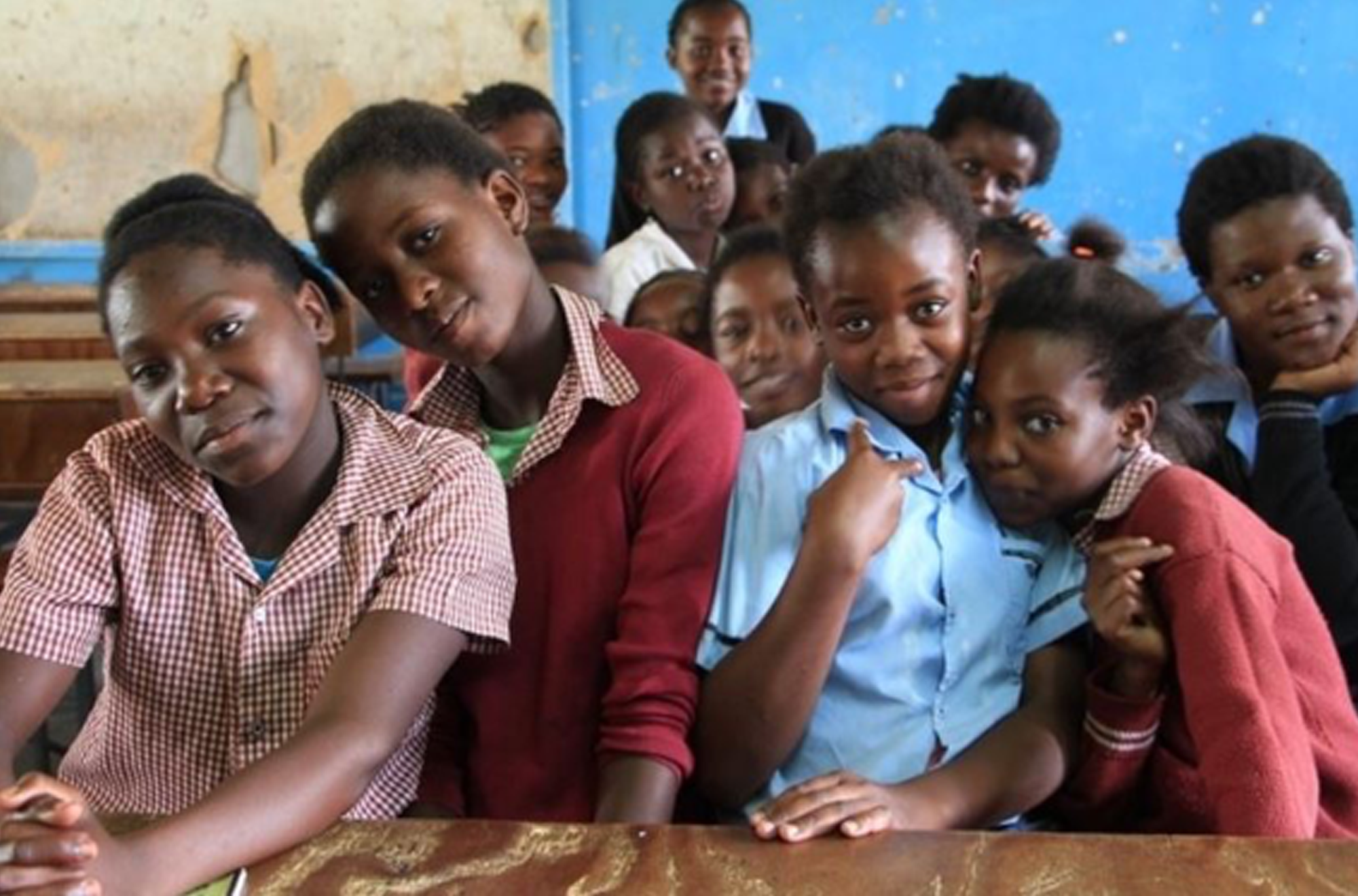
by Áine Aventin, Stephan Rabie, Sarah Skeen, Mark Tomlinson, Moroesi Makhetha, Zenele Siqabatiso
Global Health Action, 9 June 2021;14(1)
Abstract
Background: Rates of adolescent HIV and unintended pregnancy in southern Africa are amongst the highest in the world. Gender-transformative interventions that address underlying gender inequalities and engage both males and females have been emphasised by the World Health Organisation, amongst others, to target prevention. However, few such gender-transformative interventions have been rigorously developed or evaluated.
Objective: To expedite potential impact and reduce development costs, we conducted a needs assessment to inform the co-design, in consultation with local stakeholders, of adapted versions of an existing gender-transformative Relationships and Sexuality Education intervention for use in South Africa and Lesotho.
Methods: Adaptation of the intervention was guided by a modified version of Intervention Mapping (IM). This process involved consultation with separate adolescent, community and expert advisory groups and a collaboratively conducted needs assessment, which drew on focus groups with adolescents (8 groups, n = 55) and adults (4 groups, n = 22) in South Africa and Lesotho, and was informed by our systematic review of the literature on the determinants of condom use among adolescents in the region.
Results: The findings clarified how the intervention should be adapted, which individual- and environmental-level determinants of condom use to target, and actions for facilitating successful adoption, evaluation and implementation in the new settings.
Conclusions: The IM approach allows for a systematic appraisal of whether components and processes of an existing intervention are appropriate for a new target population before costly evaluation studies are conducted. The findings will be of interest to those wishing to rigorously develop and evaluate gender-transformative interventions engaging men to improve health for all.
From the Background: Adolescent sexual and reproductive health in Southern Africa
Unintended pregnancy and HIV/AIDS (human immunodeficiency virus/acquired immunodeficiency syndrome) are major global adolescent health challenges. In 2019, around 170,000 adolescents aged 10–19 years around the world were newly infected with HIV and concerns are that, if current trends continue, hundreds of thousands more will be become HIV-positive in the coming years.
Although HIV/AIDS has long been the primary sexual and reproductive health (SRH) issue on the national agenda for South Africa, HIV rates are still high: 18% among 15–49 year olds and 6% among adolescents. Further, adolescents consistently present with poorer adherence to treatment and clinical outcomes (i.e. hospitalisation and mortality rates) than adults. Lesotho has the second-highest HIV prevalence in the world, estimated in 2019 at 23% among 15–49 year olds and 10% and 5% among 15–24 year old women and men respectively. Additionally, nearly half (48%) of sexually active adolescents in Lesotho report that they do not regularly use condoms.
Adolescent pregnancy is also a pressing health and social issue. Pregnancy is a leading cause of mortality and morbidity for adolescent girls in low- and middle-income countries (LMICs) due to issues including delivery complications and unsafe abortions. It is a significant contributor to gender inequality in education, often resulting in interruption or termination of girls’ schooling, and thus a major impediment to social and economic development. Twenty-seven percent of women in South Africa and 19% in Lesotho are pregnant by the time they are 19 years old. Over half of the 260,000 abortions that take place every year in South Africa are unsafe (i.e. performed by persons lacking necessary skills and/or in an environment that does not conform to minimal medical standards), even though abortion is legal. In Lesotho, abortion is criminalised and unsafe terminations account for up to 50% of inpatient deaths among females aged 13 years and older in some Lesotho hospitals.
The continued existence of high rates of pregnancy and HIV in African adolescents after 30 years of focused attention suggests that there are deeply rooted cultural and socio-economic factors that foster high-risk sexual behaviours. It is now recognised that a key determinant of these global health challenges is gender inequalities plus restrictive masculinities and associated practices that predispose adolescent men and women to the risk of HIV infection and unintended pregnancy (e.g. unprotected/condomless sex, multiple and concurrent sexual partnerships, sex while under the influence of alcohol and/or drugs, and gender-power relations linked to sexual violence). International health and development frameworks therefore emphasise the importance of working with both boys and girls in order to reduce gender inequality and improve SRH outcomes for all .
Gender Transformative (GT) approaches seek to examine and change harmful gender and power imbalances and encourage men’s role as enablers rather than inhibiters of women’s health and well-being. Typically, GT interventions in adolescent SRH seek to address restrictive masculinity norms relating to heterosexual prowess and gendered power relations (e.g. promoting shared sexual decision-making between males and females) and challenge negative gender socialisation (e.g. challenge perceptions that ‘real men’ don’t wear condoms or that girls should not carry condoms). In line with ‘social norms’ approaches, GT interventions generally attempt to harness the misalignment between people’s individual behaviours and attitudes and existing social norms in order to affect change. Strategies often also include changing gender norm attitudes among an influential social group and leveraging their influence as agents of change in their peer groups and communities. Although GT approaches have been applauded for their focus on gender inequalities, evaluations of GT programmes have also been criticised for their lack of methodological scope and rigour. Scholars are also beginning to understand that, in order to be truly transformative, GT programmes must also seek to address the intersectional influences of other social factors on gender inequalities including race, ethnicity, sexual orientation, and poverty.
While GT interventions recognise that men have a vital yet neglected role in reducing unintended adolescent pregnancy and HIV rates, there is a global dearth of robustly evaluated GT programmes targeting adolescent boys to prevent HIV and early unintended pregnancy…. (continues)
PHOTO: UNFPA Lesotho Youth Commitment, 1 August 2019, © UNFPA Lesotho/Helene Christensen



